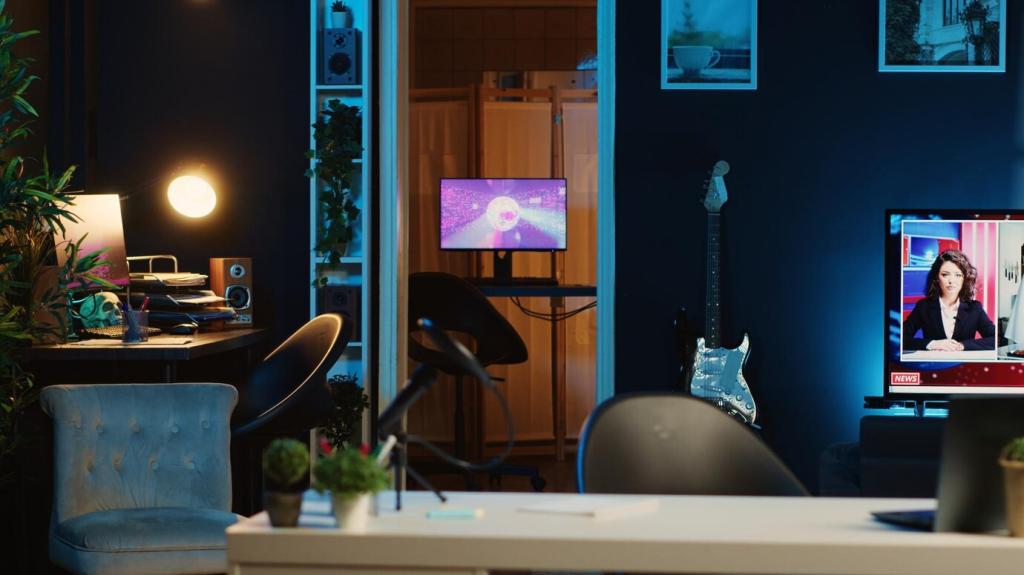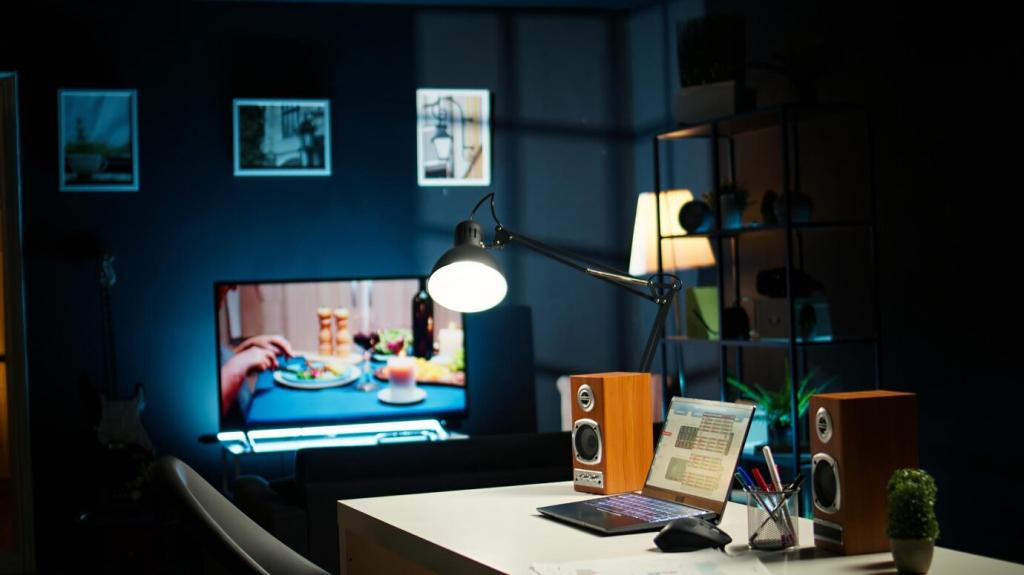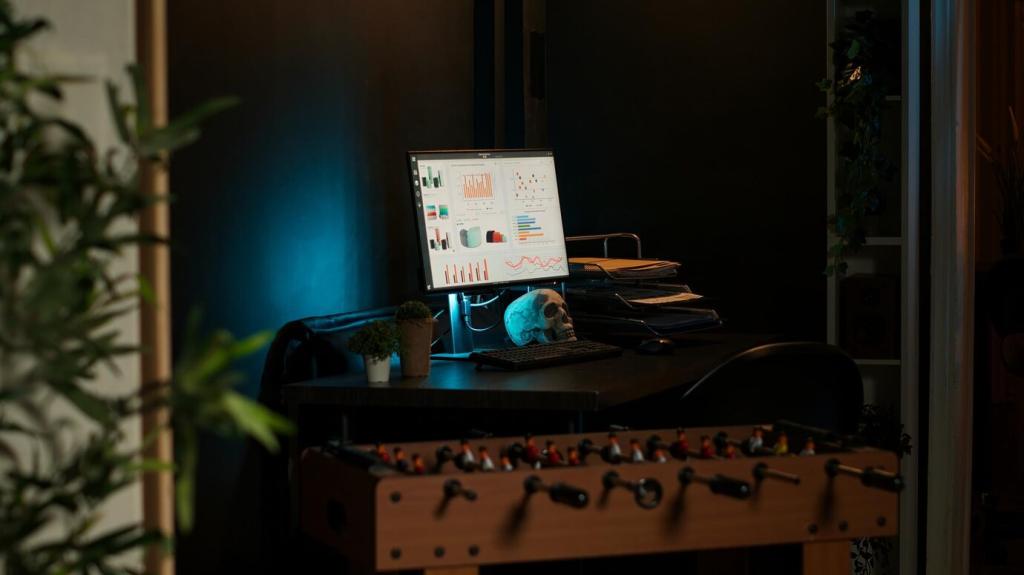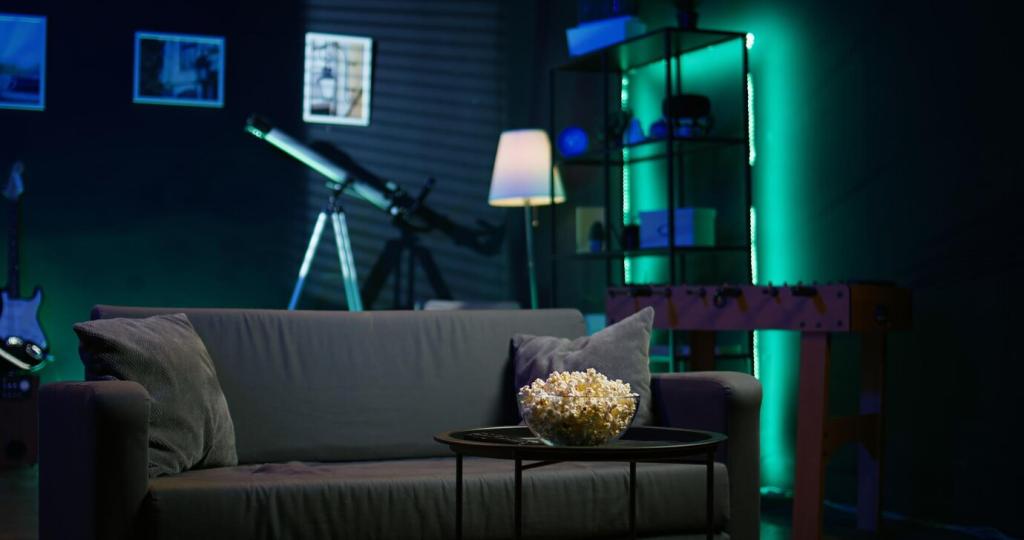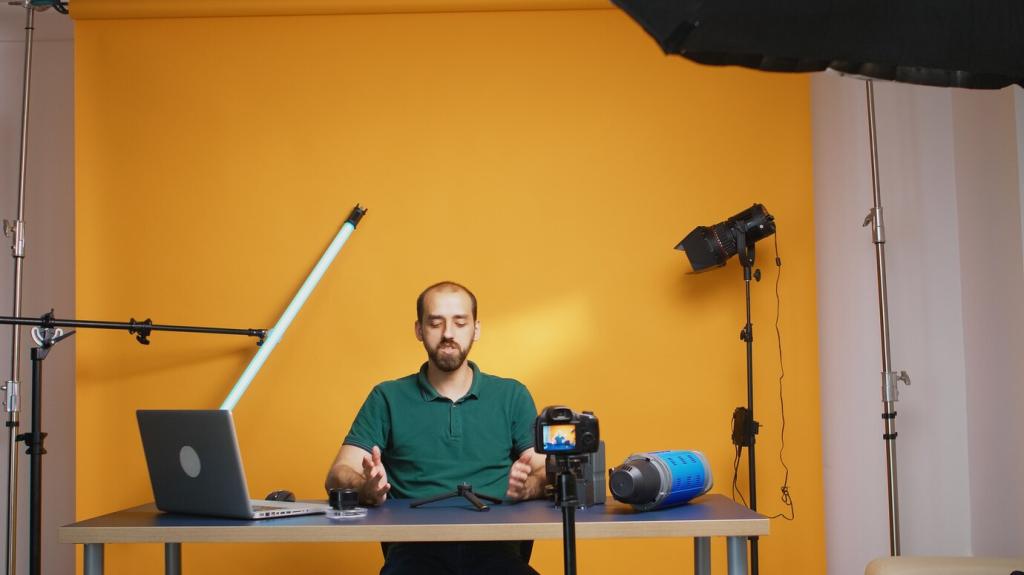Sustainable Props and Gear
Select PVC-free natural rubber mats with responsibly harvested latex and cork blocks certified for sustainable forestry. Avoid foam blocks that crumble. Durability reduces waste, while texture enhances stability, especially in standing poses and slow, precise transitions.
Sustainable Props and Gear
Stuff an old pillowcase with retired towels wrapped in a cotton sheet, then stitch the seam or tie with twine. The weight becomes satisfyingly grounded, and no new foam is needed. Post a photo of yours to encourage others.

